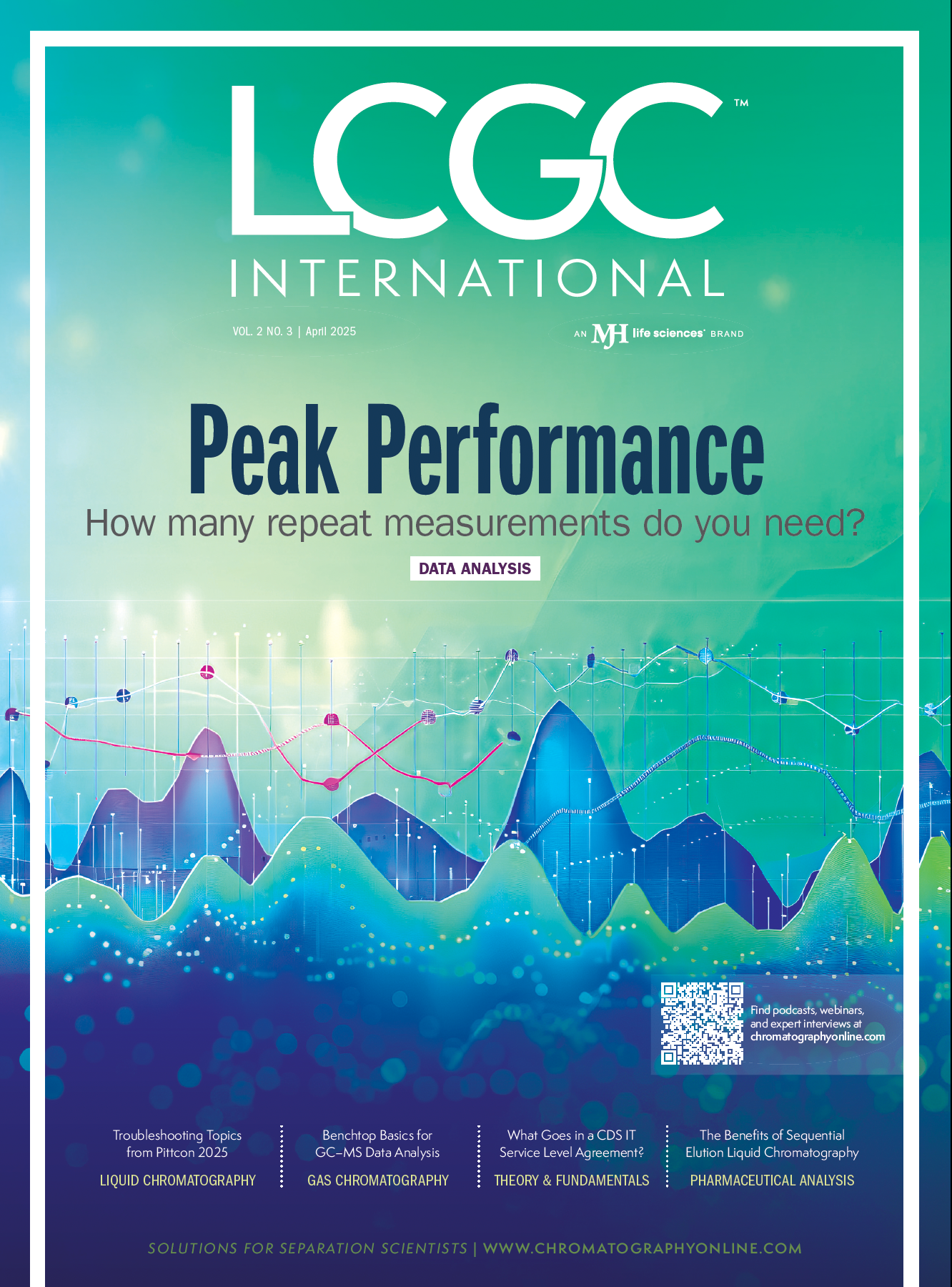Article Highlights
- PFAS are globally pervasive and raise environmental and health concerns due to their persistence and potential risks.
- Researchers from the University of Tübingen developed PFΔScreen, a Python-based open-source tool, to prioritize features using HRMS for efficient detection of PFAS.
- PFΔScreen integrates various PFAS-specific techniques and was successfully applied to analyze PFAS-contaminated agricultural soil samples, identifying over 15 classes of PFAS.
- PFΔScreen stands out for its user-friendly interface, compatibility with Windows, and open-source availability, streamlining non-target screening (NTS) approaches.
Per- and polyfuoroalkyl substances (PFAS) are synthetic chemicals valued for their water and oil repellent properties, as well as their heat resistance, making them common in various industries (1). However, their widespread presence, persistence in the environment and organisms, and potential health risks have raised significant global concern about PFAS contamination (1).
Read More: Are "Forever Chemicals" Really Forever?
As a result, scientists and researchers have made it a top priority to develop analytical methods that can help detect PFAS in environmental samples. One of the latest efforts in this field was conducted by researchers from the University of Tübingen in Germany. Lead authors Jonathan Zweigle and Christian Zwiener and their team developed PFΔScreen, a Python-based open-source tool designed for efficient feature prioritization using high-resolution mass spectrometry (HRMS) (2). Their findings are detailed in the journal Analytical and Bioanalytical Chemistry (2).
PFAS are a class of chemicals known for their widespread use in various products and applications because of their unique properties. As an example, because they can repel water and are heat-resistant, they are often used in firefighting foams, waterproof mascara, floor polishes, and oil-resistant coatings for paper products (1). However, their persistence in the environment, stemming from the stability of their carbon-fluorine bonds, has raised concerns globally. Detecting and characterizing these compounds is challenging, particularly because of the limited availability of authentic PFAS reference standards (2).
Read More: Analytical Techniques in Exploring the Persistent Global PFAS Problem
The researchers sought to address this challenge. To create a new PFAS reference standard, the team developed PFΔScreen, a Python-based open-source tool designed for efficient feature prioritization using high-resolution mass spectrometry (HRMS) (2). This tool incorporates several PFAS-specific techniques, including MD/C-m/C approach, Kendrick mass defect analysis, diagnostic fragments, fragment mass differences, and suspect screening (2).
The researchers applied PFΔScreen to analyze four PFAS-contaminated agricultural soil samples from southwestern Germany. Impressively, they identified over 15 classes of PFAS, comprising more than 80 single compounds with several isomers (2). Notably, they discovered four novel classes, potentially transformation products (TPs) of the precursors fluorotelomer mercapto alkyl phosphates (FTMAPs) (2).
There are several benefits of PFΔScreen that set it apart from other PFAS software approaches. First, it has a user-friendly graphical interface, allowing for efficient prioritization of relevant HRMS signals (2). By streamlining the prioritization process, PFΔScreen significantly reduces the time required for non-target screening (NTS) approaches, thereby enhancing the comprehensive characterization of PFAS in environmental samples (2).
Second, PFΔScreen is easily accessible within the Python environment, and it is compatible with Windows operating systems. Its source code is freely available on GitHub, facilitating widespread adoption and further development within the scientific community (3).
As a result, this tool created by the research team advances environmental analysis. By providing an improved PFAS reference standard, it allows researchers in this space to improve detection of PFAS compounds and therefore gain a better understanding of their impact.
This article was written with the help of artificial intelligence and has been edited to ensure accuracy and clarity. You can read more about our policy for using AI here.
References
(1) Hird, S.; Potts, W.; Rosnack, K. Analytical Techniques in Exploring the Persistent Global PFAS Problem. LCGC Suppl. Hot Topics in PFAS 2023, 41 (s9), 32–34. DOI: 10.56530/lcgc.na.da4881y5
(2) Zweigle, J.; Bugsel, B.; Febregat-Palau, J.; Zwiener, C. PFΔScreen—An Open-Source Tool for Automated PFAS Feature Prioritization in Non-target HRMS Data. Anal. Bioanal. Chem. 2024, 416, 349–362. DOI: 10.1007/s00216-023-05070-2
(3) GitHub, PFAScreen. Available at: https://github.com/JonZwe/PFAScreen (accessed 2024-03-15).

.png&w=3840&q=75)

.png&w=3840&q=75)



.png&w=3840&q=75)



.png&w=3840&q=75)















